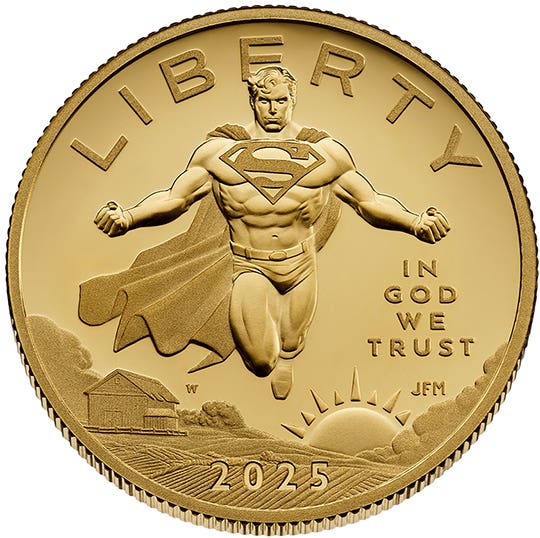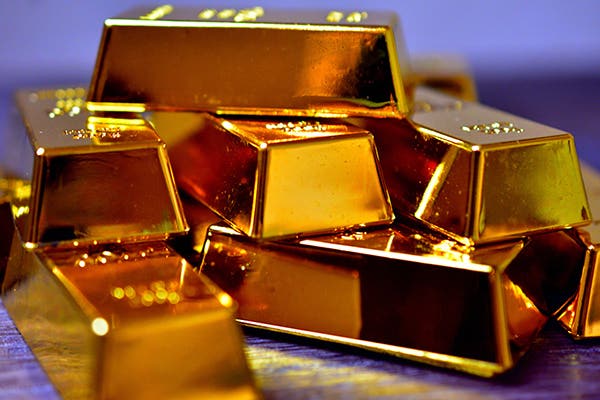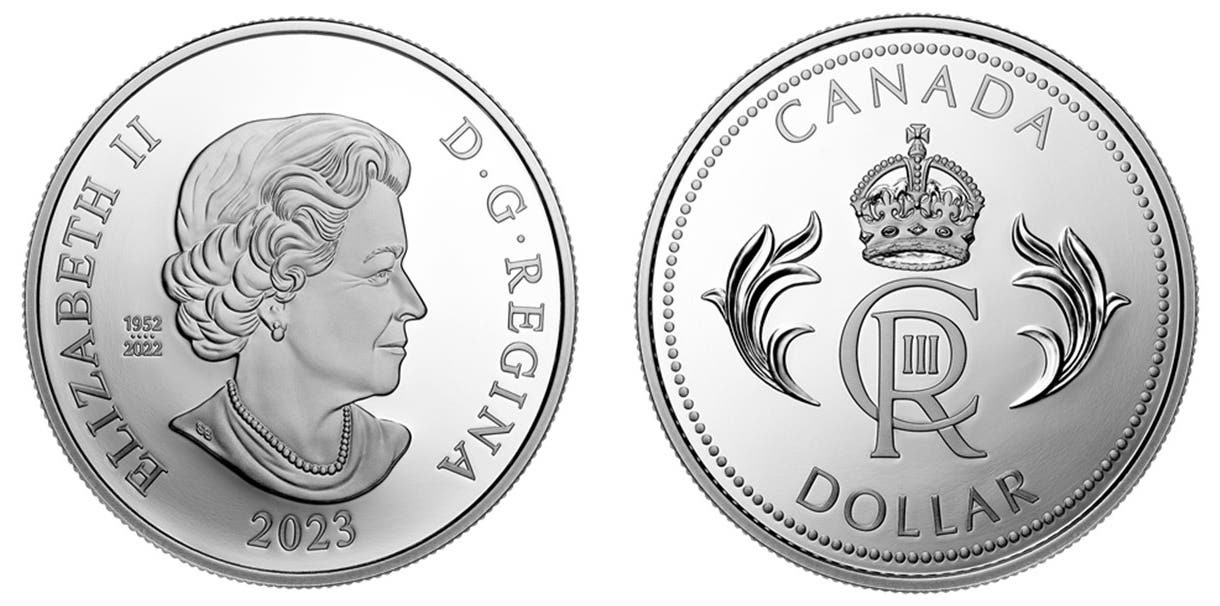Coin Collectors and Dealers as Heroes?
As we approach the 50th anniversary of Aug. 15, 1971, the day when then-U.S. President Richard Nixon ordered the “temporary” closure of the gold-exchange window, it is worth reflecting on…
As we approach the 50th anniversary of Aug. 15, 1971, the day when then-U.S. President Richard Nixon ordered the “temporary” closure of the gold-exchange window, it is worth reflecting on the economic outcomes of his action.
First, here’s some history of how this event came to pass. In July 1944, the Bretton Woods Accords was an attempt to reestablish and regulate international financial systems. The most important action was to develop a means to coordinate international currency exchange rates. Out of this meeting, the International Monetary Fund (IMF) and the International Bank for Reconstruction and Development were founded. The IMF was specifically charged with maintaining the currency exchange rates.
The United States dollar was the anchor of the Bretton Woods Accords, where it was responsible for maintaining for governments and central banks free conversion between the U.S. dollar and physical gold at the rate of $35 per troy ounce.
After the end of World War II, international trade soared, but the amount of physical gold supplies did not increase to the same degree. As other nations received more and more American dollars in payment for exports, this increased the volume of dollars coming back to the U.S. Treasury to exchange into gold. As a consequence, the U.S. government saw a major decline in its gold reserves during the 1950s and onward.
In November 1961, seven other nations (Belgium, France, Italy, the Netherlands, Switzerland, the United Kingdom and West Germany) joined with the U.S. to form the London Gold Pool to help maintain the gold price at $35. This only worked for a few years. By 1965, the gold withdrawn from the London Gold Pool had accumulated a significant deficit. As the financial system became more precarious, France withdrew from the Pool in June 1967.
Once the French franc was out of the London Gold Pool, traders then focused on the British pound. The United Kingdom government capitulated on Nov. 18, 1967, by devaluing the pound by 14.3 percent. The London Gold Pool “temporarily” closed in March 1968.
After the collapse of the London Gold Pool, not even the creation of the Zurich Gold Pool by Swiss banks was enough to relieve downward pressure on the value of the U.S. dollar. The U.S. government significantly increased its inflation of the money supply as a means to help pay for the costs of the Vietnam War, which only further hurt international appeal of the dollar.
In May 1971, the West German government formally withdrew from the Bretton Woods Accords. With the dollar’s value falling even faster, Switzerland and France withdrew from the Bretton Woods Accords in early August 1971. Without consultation with any other nations, U.S. President Nixon on Aug. 15, 1971, announced the “temporary” closure of the U.S. government’s gold-exchange window.
This temporary closure of the gold-exchange window is still in effect today, 50 years later.
So, what has happened to the value of global currencies and gold over the past 50 years? An ounce of gold is still worth an ounce of gold. However, as measured in ounces of gold, the purchasing power of the U.S. dollar has fallen in value more than 98 percent since then. Just about every other global currency that did not fail during the past 50 years is also well down, from more than 80 percent to almost 99 percent.
While the world’s governments over the past 50 years have destroyed the value of their respective currencies in relation to an ounce of gold, who best preserved their standard of living? It turns out that those who purchased bullion-priced precious metals and coins from 1971 onward have mostly seen their holdings appreciate against paper currencies. They are heroes for helping to maintain their standards of living better than those who just held paper currencies.
At the same time that we recognize and honor those collectors and investors who had the foresight to acquire physical gold and silver, it is also worth reflecting that the coin dealers who sold them these products also performed a valuable service for the world economy. In my mind, that makes both collectors and dealers financial heroes today.
Patrick A. Heller was honored as a 2019 FUN Numismatic Ambassador. He is also the recipient of the American Numismatic Association 2018 Glenn Smedley Memorial Service Award, 2017 Exemplary Service Award, 2012 Harry Forman National Dealer of the Year Award and 2008 Presidential Award. Over the years, he has also been honored by the Numismatic Literary Guild (including twice in 2020), Professional Numismatists Guild, Industry Council for Tangible Assets and the Michigan State Numismatic Society. He is the communications officer of Liberty Coin Service in Lansing, Mich., and writes Liberty’s Outlook, a monthly newsletter on rare coins and precious metals subjects. Past newsletter issues can be viewed at www.libertycoinservice.com. Some of his radio commentaries titled “Things You ‘Know’ That Just Aren’t So, And Important News You Need To Know” can be heard at 8:45 a.m. Wednesday and Friday mornings on 1320-AM WILS in Lansing (which streams live and becomes part of the audio archives posted at www.1320wils.com).








